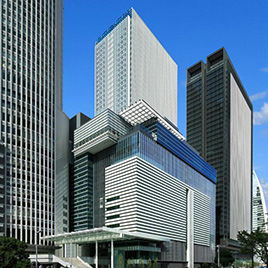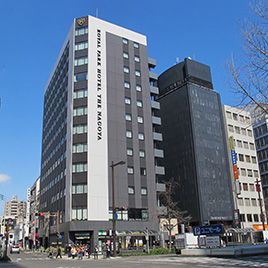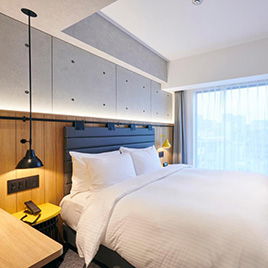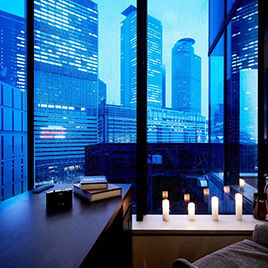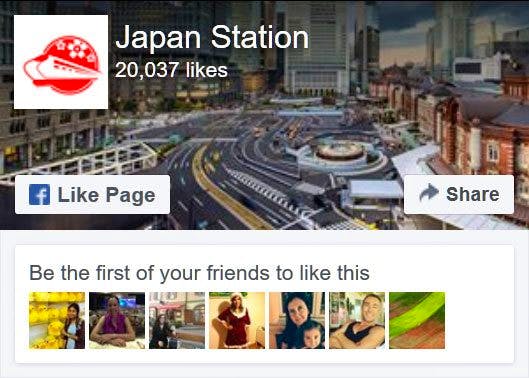Nagoya, the capital of Aichi Prefecture, is Japan’s fourth-largest city and a hub of Japanese industry. The city’s history dates back to the Edo period, with Nagoya Castle as a symbol of the city’s past.
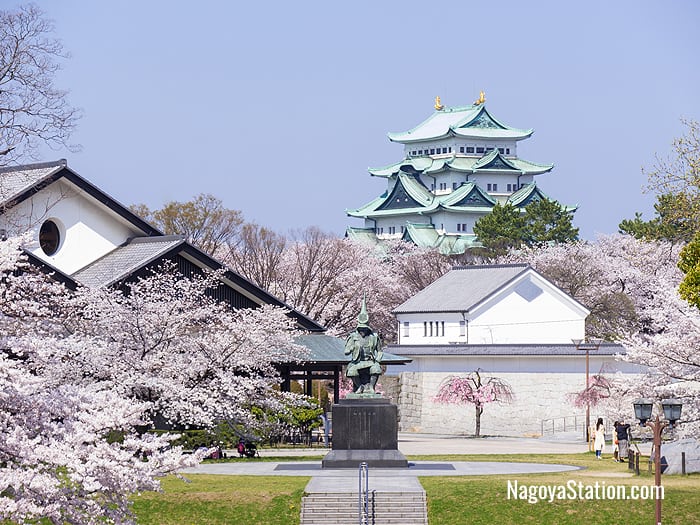
Nagoya Castle
Nagoya’s culture is a blend of traditional and modern influences, with a rich tradition of performing arts like Kabuki and Noh, and a thriving pop culture scene. The city is also known for its unique dialect, Nagoya-ben. The city’s history is deeply intertwined with the Tokugawa family, one of the three major branches of the ruling Tokugawa family during the Edo Period.
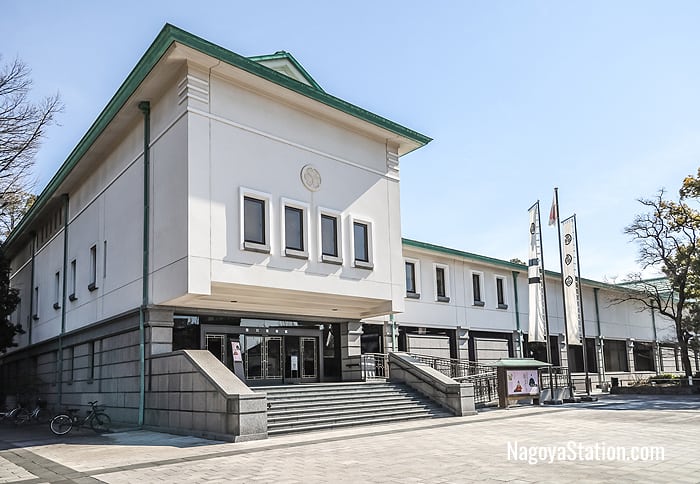
Tokugawa Art Museum
The Tokugawa Art Museum, built on the grounds of the Owari’s former feudal residence, preserves and exhibits several of their treasures including samurai armor and swords, tea utensils, noh masks and costumes, poems, scrolls, and maps.
Nagoya’s Location, Climate, and Local Culture
Located in the Chubu region on Honshu, Japan’s main island, Nagoya enjoys a humid subtropical climate. Summers are hot and humid, while winters are relatively mild. Spring (March-May) and autumn (September-November) are the most comfortable seasons to visit, with pleasant temperatures and beautiful natural scenery. The city’s location also makes it a gateway to the scenic Kiso Valley, known for its historic post towns and hiking trails.
Transportation to Nagoya
Nagoya is easily accessible by air, with Chubu Centrair International Airport serving as the main gateway.
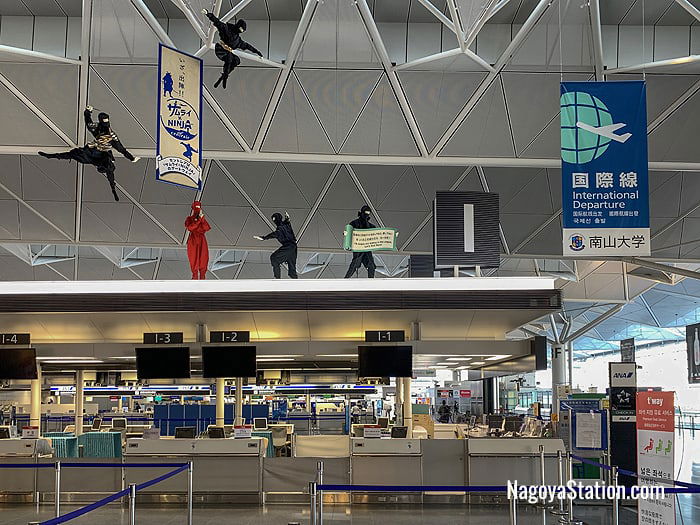
Ninjas at Chubu Centrair International Airport
The city is also well-connected by Japan’s extensive rail network, including the Shinkansen (bullet train). Local buses and taxis are readily available, providing convenient transportation options within the city.
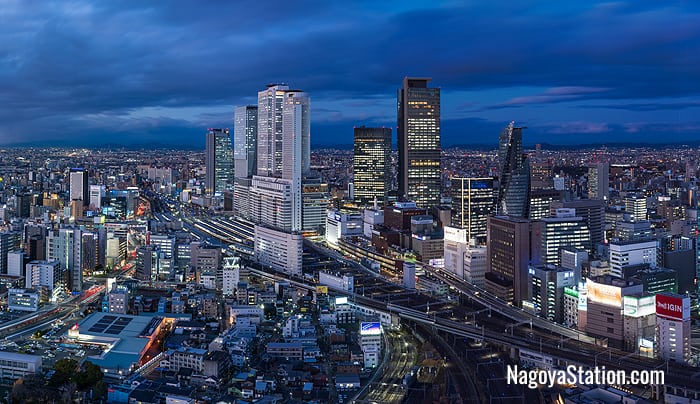
Nagoya Station
Nagoya Station, one of the world’s largest train stations, is a central hub for local and regional travel. The station complex includes the JR Central Towers, which house a department store, hotel, and office space.
Must-See Places of Interest
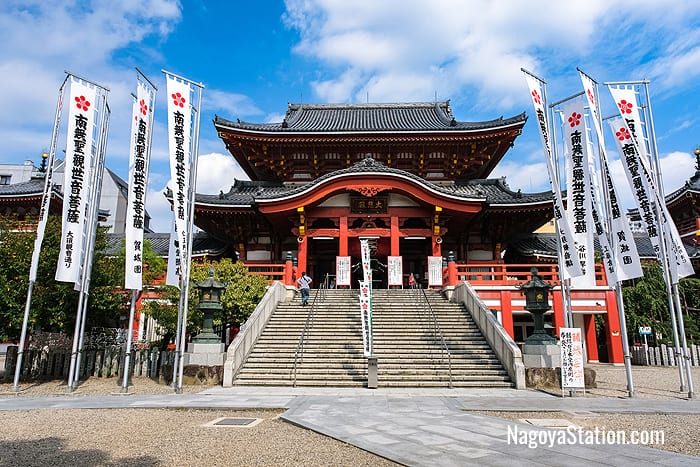
Osu Kannon Temple in Nagoya
Nagoya offers a wealth of attractions, from historical sites to modern landmarks. Don’t miss Nagoya Castle, Atsuta Shrine, and Osu Kannon Temple for a taste of the city’s history.
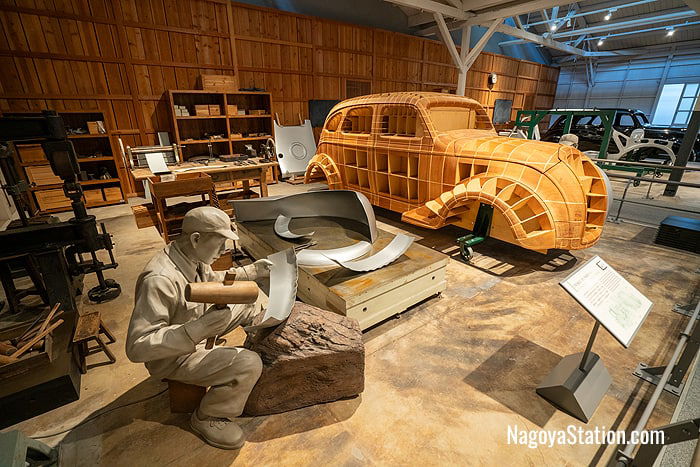
Toyota Commemorative Museum of Industry and Technology
For a modern twist, visit the Nagoya City Science Museum, Nagoya Port, and the Toyota Commemorative Museum of Industry and Technology. The JR Central Towers, located above Nagoya Station, offer shopping, dining, and stunning views of the city. The Sakae district is Nagoya’s downtown area, offering a variety of shopping and dining options, as well as the futuristic-looking Oasis 21 complex.
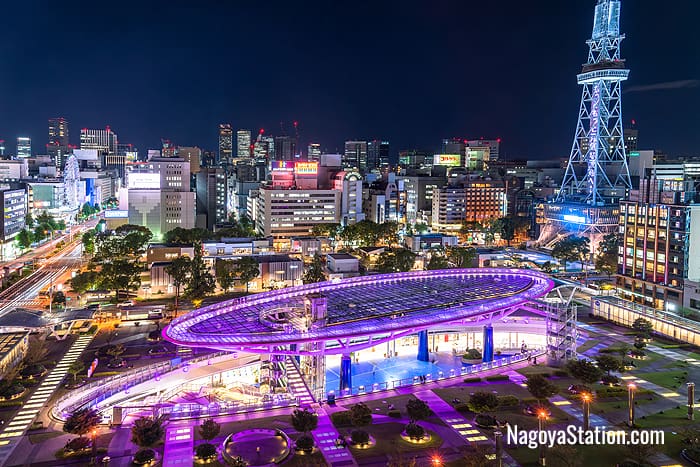
Oasis 21 complex
Outdoor Activities
Nagoya offers plenty of opportunities for outdoor activities. Enjoy a leisurely stroll in the beautiful Tsuruma Park, or take a hike in the nearby Kiso Valley. Several companies offer guided tours and outdoor experiences, ensuring a safe and enjoyable adventure. The city’s location also makes it a gateway to the scenic Kiso Valley, known for its historic post towns and hiking trails.
Cultural Events and Traditions
Nagoya is home to several unique festivals and cultural events. The Atsuta Festival in June and the Nagoya Festival in October are particularly noteworthy. These events offer a chance to experience traditional Japanese culture firsthand, with parades, performances, and local food. The city also hosts a variety of other cultural events throughout the year, including art exhibitions, music concerts, and traditional tea ceremonies.
Local Food Recommendations
Nagoya is famous for its unique local cuisine. Be sure to try hitsumabushi (grilled eel), tebasaki (Nagoya-style chicken wings), and Nagoya cochin (local chicken breed).
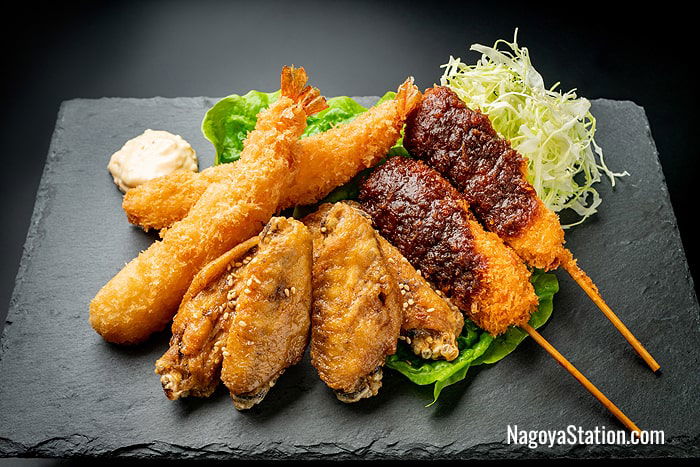
Nagoya food specialties, including the famous chicken wings
These dishes offer a taste of the region’s culinary traditions and are a must-try for food lovers. The city also has a vibrant food scene with a variety of restaurants, cafes, and street food stalls offering a wide range of cuisines.
Accommodation Options
Nagoya offers a range of accommodation options to suit all budgets. From budget-friendly guesthouses and hostels to mid-range hotels and luxury resorts, you’ll find something to suit your needs. The Sakae area is a popular choice for its shopping and dining options, while the area around Nagoya Station offers convenient access to transportation.
Popular Hotels in Nagoya
The Nagoya Marriott Associa Hotel, located in the JR Central Towers, offers luxury accommodations with stunning city views.
Visit our Where to Stay in Nagoya article for more details.
Tips for Foreign Tourists
When visiting Nagoya, it’s important to respect local customs and etiquette. Politeness is highly valued in Japanese culture, so remember to bow when greeting others and avoid loud behavior. English is not widely spoken, so learning a few basic Japanese phrases can be helpful. As for health and safety, Japan is generally safe, but it’s always wise to have travel insurance.
Getting Around Nagoya
Nagoya’s public transportation system is efficient and easy to navigate. The city’s subway and bus networks cover most tourist destinations. For a more personalized experience, consider hiring a local guide or joining a tour.
Guided Tours in Nagoya
For tourists who prefer guided tours, there are several areas and activities in Nagoya that would benefit from a guide’s expertise. One such area is Inuyama, a city not far from Nagoya, known for its beautiful castle, one of Japan’s oldest wooden castles. The city is also famous for cormorant fishing along the picturesque Kiso River from June through mid-October.
Southeast of the city center is Meiji Mura, a popular open-air historical theme park based on the Meiji Period (1868-1912). A guide can provide valuable insights into the history and significance of these attractions, enhancing your understanding and appreciation of the local culture.
Article by Maria Fukuda. Photos by Angkana Unthaya (3,6), Jupiter2012/pixta (1), Rise/pixta (2), hit1912/pixta (4), Gengorou/pixta (5), matya1234/pixta (7), prof245856/pixta (8). All rights reserved.
